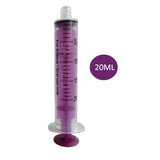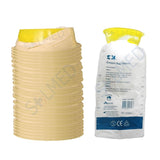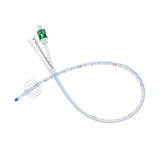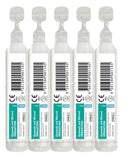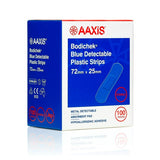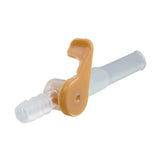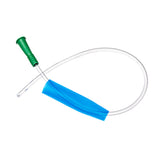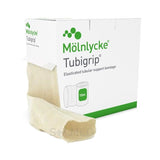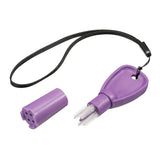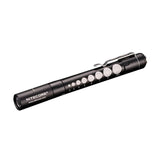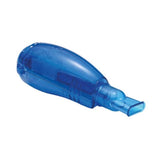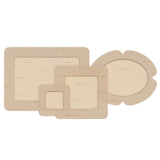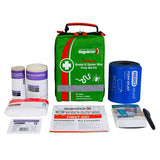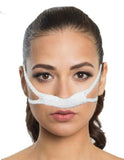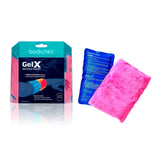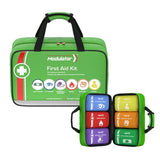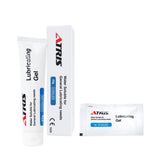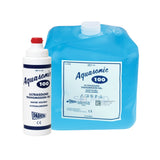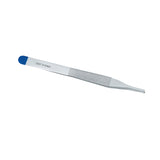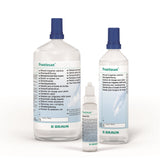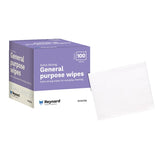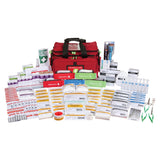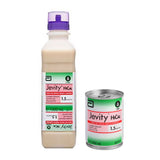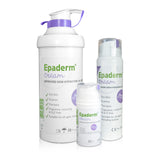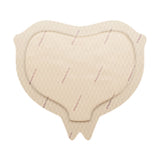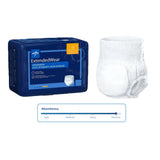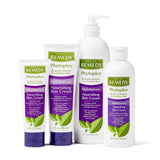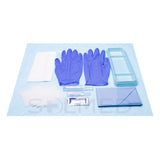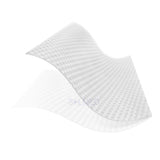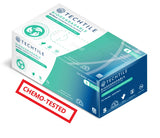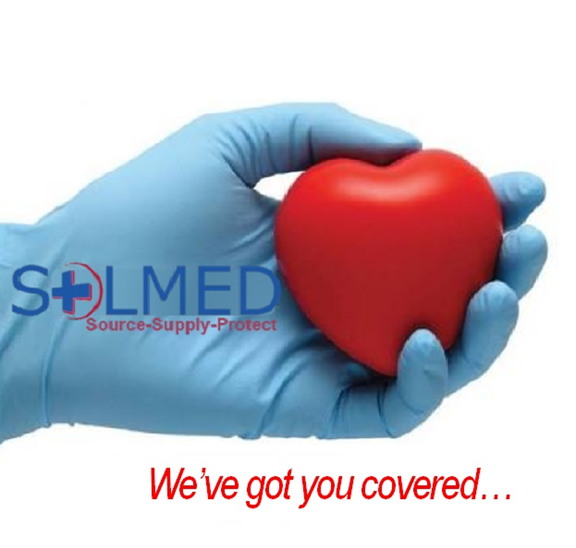News
WHAT TO LOOK FOR WHEN BUYING SURGICAL MASKS
During these unprecedented times of Covid-19, it seems hand sanitiser, face masks and disinfecting agents are worth more than gold. (Or toilet paper!) We all witnessed the panic buying and now we are noticing that every bloke and his dog suddenly have hand sanitiser, face masks and disinfecting agents. I am going to give you a few tips before you panic buy face masks and get stuck with useless “masks” that are nothing more than a piece of cloth. (You could probably still smell that tuna sandwich you had for lunch through it, YUK!) Here are some key factors to take into consideration when buying face masks:
Medical Grade vs Non-Medical Grade:
Medical Grade masks, (also known as procedure masks or surgical masks) are a medical device that covers the face from the chin to the nose. This ensures a barrier that limits the transition of an infective agent between persons. They prevent large respiratory droplets reaching a person’s mouth and nose, as well as assists in the reduction/control at the source of the spread, being the person wearing the mask. To be considered a medical grade mask, it must be compliant with particular requirements and regulations, these vary depending on country. This will be explained later.
Non-Medical Grade masks have no regulations or standards to abide by. This means they could be made of fairy floss and considered a face mask, as much as that sounds delicious, I would not risk my health for the best tasting face mask in the world.
Important note: Be careful of major super markets and retail stores currently offering face masks. If you open the box, they usually have a small piece of paper with teeny-tiny writing that says “Non-Medical”. Do not be afraid to ask for proof that they are Medical Grade.
Important Specifications to Look For:
Now before you see a heap of scary looking figures and close the window, take a breath and remember… I am here to make this as simple as possible! Focus on the level of mask, don’t stress about the rest. The table below indicates the new standard of single-use face masks. I say new standard because during this pandemic, governments are allowing manufacturers to produce masks with less requirements than before so they can keep up with the sudden demand. Don’t fret, this doesn’t mean you are getting poor quality masks!

All you need to know is this… the higher the level, the higher the quality. Once you know what you are using the mask for, check the application for use section in the table and see what suits you.
Check The Physical Quality of The Mask:
There are a few things that determine the physical quality of the mask, these are:
Ply – A good quality surgical mask will have 3 or more Plys
Sizing – When you first look at your mask, you might think that there is no way it will cover from your nose all the way down to your chin. Keep in mind that you can open up your mask by gently tugging on the top and bottom of it. Your mask should cover from the tip of your nose to your chin as well as be wide enough to cover your mouth, even when you do the biggest grin of your life.
Fitting – Whether the mask has tie up strings or earloops, it should be tight enough to create a closed barrier between your skin and the mask, including around your cheeks.
Nose Bridge – To complete the barrier, your mask should have a small plastic strip on the top of the mask. This nose bridge is there for you to pinch and adjust to the shape of your nose.
Loop/Tie Connection to Mask – This little spec is very important and almost always goes unnoticed until your mask breaks while you put it on. Check that the connection between the loops/ties and the mask is welded on and not stapled. You may find that when it is stapled together, it often slips out of the staple and becomes unwearable.
What Standards Ensure Quality Masks?
I could bore you with all the standards and regulators there are in the world but the rule of thumb is this… TGA. TGA means the Therapeutic Goods Administration and it is part of the Australian Government Department of Health. It is responsible for regulating therapeutic goods. You can be assured that if a product is TGA listed, it has passed mass amounts of quality tests and regulations.
Important Note: The Company you are buying it from should have a TGA number specific to that brand of mask. If you are still a bit sceptic about whether or not you have just been given a fake number, here is how you can investigate it. First you need an overcoat, gloves, a pipe and a magnifying glass, I am only kidding! All you need to do is click this link http://tga-search.clients.funnelback.com/s/search.html?query=&collection=tga-artg and type in the number you have been given. Here you need to make sure the product description and sponsor (Company) matches the masks you have been given.
You could go a step further and ask for the Material Data Sheet or the Testing Results of the mask if you wanted to.
When And How To Use Masks:
The World Health Organization has vast amounts of information about when and how to use a mask, as well as an extensive Q&A section. You can view it by following this link https://www.who.int/emergencies/diseases/novel-coronavirus-2019/advice-for-public/when-and-how-to-use-masks
The most important factor to take away from this piece is… Face masks should be Medical Graded and TGA listed. Repeat after me… Face masks should be Medical Graded and TGA listed. I hope this has given you the confidence and knowledge you need when it comes to protecting you and your family. Don’t be fooled by profiteers that bought a whole heap of poor quality masks to take advantage of demand. We at Solmed, always make sure our customers’ health and safety is of top priority.
If you are interested in buying Medical Grade and TGA listed masks, this link will direct you to our store https://solmed.com.au/products/surgical-face-mask-with-earloops-3-ply-bfe-98-box-of-50-blue


